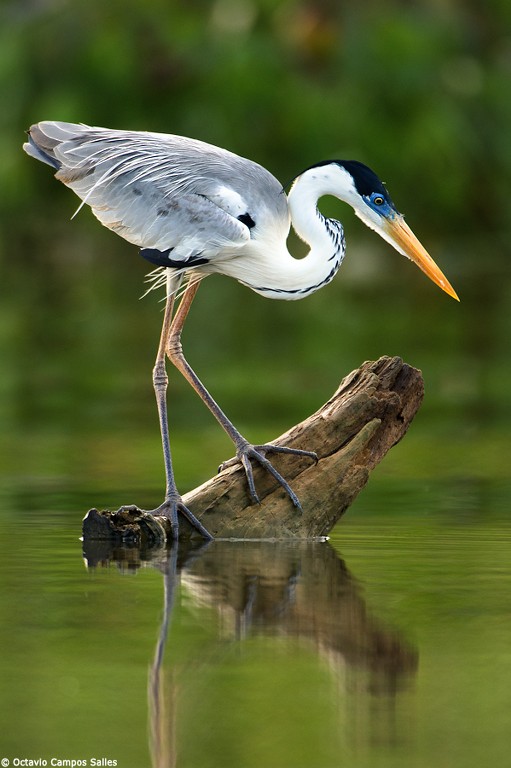Backyard Birding: Nesting Season for Colonial Wading Birds

As the dry season comes to an end and we enter into an early rainy season, the nesting period for wading bird such as Herons and Ibises begins. Near the end of dry season coastal feeding habitats are abundant, as seasonal deep water upwelling creates rich aquatic environments. Since most wading birds nest along the coast, or on islands close to shore, the massive influx of freshwater from the canal also helps create a prosperous habitat. The isthmus supports large numbers of wading birds during nesting, largely in a few specific locations. These locations include The Bay of Panama, the Bay of Chame, Parita Bay near Chitre, and several near-shore islands, including Taboga and the Pearl Islands. Along the Pacific coast, mudflats created by large tidal swings offer an open-air buffet for wading birds. The mangroves provide shelter, food and safe nesting areas. Mangroves occupying the Bay of Panama and the Bay of Chame are important nesting areas for several species of wading birds, including the Cocoi Heron.
Cocoi Herons are some of the first of the wading birds in Panama to nest, nesting as early as April in to May and June. Their nests are made of twigs, dry thistles and reeds. Nests are circular measuring about 65cm in diameter and varying in depth. It takes the Cocoi Haron about 7 days to build her nest. By July these birds can typically be seen wading with their young ones.
The Cocoi Heron is also one of the largest wading birds commonly seen in Panama. Like other Herons, the Cocoi spend much of their time wading in shallow to deep waters feeding on fish, frogs and other similarly small aquatic creatures. It is easily recognized by its black cap. Other distinguishing features include a white neck, blackish belly and an orange-colored bill.
The Cocoi Heron can also be seen near lakes, rivers and golf course streams through out Panama.
